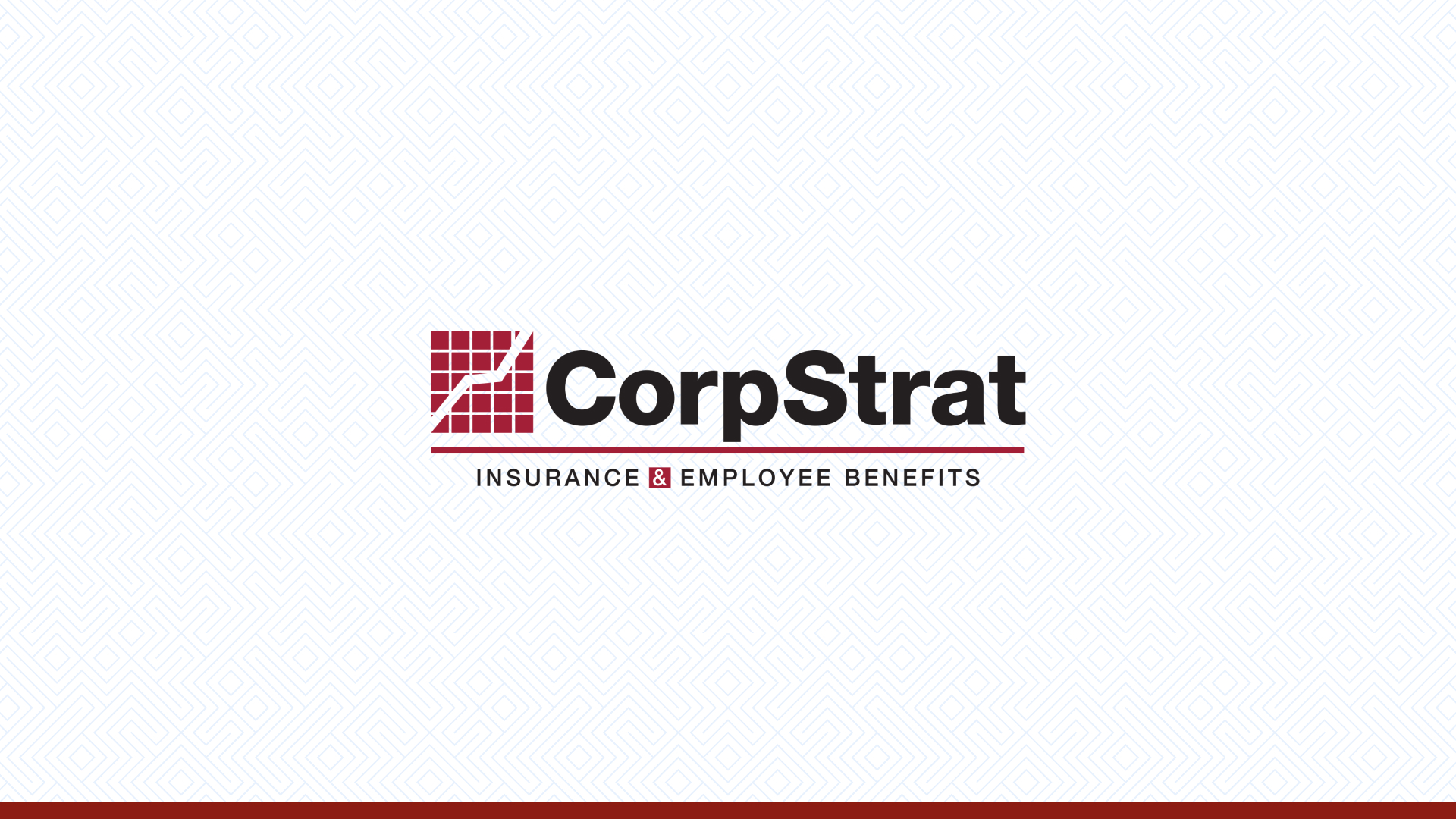HEALTHCARE
How the FDA Is Driving Drug Price Hikes October 2015
The FDA’s backlog of 4,000 generic drug applications is hindering competitors who could hold prices down, according to a study by the National Center for Policy Analysis (NCPA). Also, older generic drugs are often made on aging production lines, which are sometimes shut down for maintenance. Lines can be stopped after the manufacturer is warned by the FDA that the facility is out of compliance with good manufacturing practices. The resulting shortage often drives prices higher.
Thousands of drugs predate the FDA’s approval process required under the 1938 Food Author and Drug & Cosmetics Act; many were grandfathered, but never officially approved. NCPA senior fellow Devon Herrick says, “The FDA wants these cheap drugs off the market and replaced with more costly approved versions from any drug makers willing to conduct clinical studies on them.”
State regulations also bite consumers in the wallet. Generic substitution laws in some states make it harder for consumers to save. In the face of rising drug prices, many states have passed laws that worsen the situation, such as banning efficient pharmacy networks, restricting mail-order pharmacies, and restricting maximum allowable cost lists.
The NCPA study highlights several ways to lower America’s drug bills, including the following:
•Clear the FDA’s backlog of applications to manufacture generic drugs.
•Resist passing perverse regulations designed to protect local business.
•Promote competition in the production of generic medications.
“Much of the recent rise in the price of generic drugs can be directly linked to regulatory and legal causes,” says Herrick. This study is Part II of Herrick’s in-depth examination of the rising costs of generic drugs. For more information, visit ncpa.org.



